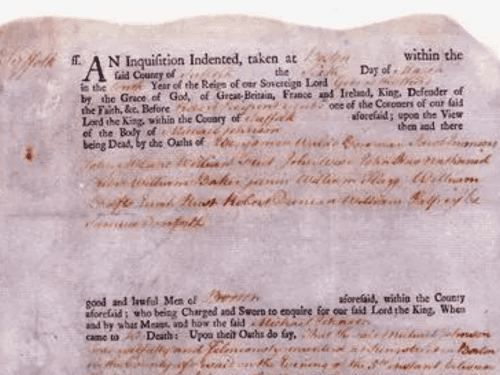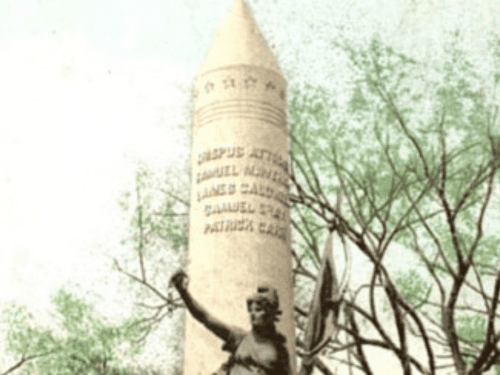From the Boston Massacre to Black Lives Matter
Over the almost 250 years since his death, Crispus Attucks has remained a symbol for various movements advocating for African American rights, from Abolitionism to the Civil Rights Movement. 21st Century movements have been no different. Attucks’s identity has been yet again recovered by the grassroots Black Lives Matter movement.
From the Boston Massacre to Black Lives Matter Read More »






